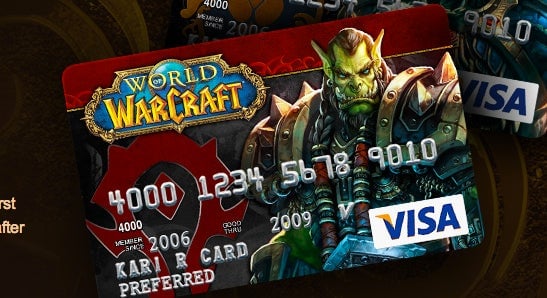Why is American Express paying people to play Halo 4?
Microsoft’s Halo 4, being released worldwide on Nov. 6 (Nov. 8 in Japan), is by far the most expensive game in Microsoft history, and has been hailed as the “biggest entertainment launch of 2012 in any medium.” If history is any indicator, this may not be hyperbole: Halo 3’s 2007 release was the single most profitable day for any product in entertainment history, in any medium, including film. The Halo franchise has garnered $3 billion in profit for Microsoft. Any company would want a piece of that. American Express wanted it so badly that it is offering money to players.


Microsoft’s Halo 4, being released worldwide on Nov. 6 (Nov. 8 in Japan), is by far the most expensive game in Microsoft history, and has been hailed as the “biggest entertainment launch of 2012 in any medium.” If history is any indicator, this may not be hyperbole: Halo 3’s 2007 release was the single most profitable day for any product in entertainment history, in any medium, including film. The Halo franchise has garnered $3 billion in profit for Microsoft. Any company would want a piece of that. American Express wanted it so badly that it is offering money to players.
If you agree to sync your Xbox with your Amex account, you automatically get $10 of credit on your Amex card (£10 for UK-based players). If you get past a level where a character named John-117 awakes from cryogenic sleep, the console software will unlock $25 (£25 in the UK), allowing you to make back a total of $35, or 56% of the value of the game. Other prizes, not linked with Amex, are a $50 coupon for the electronics retailer Best Buy, and—for the first 30 players in the US and UK to finish the entire game—a ticket to the E3 gaming expo.
Alliances between credit-card firms and games aren’t unprecedented. The World of Warcraft Rewards Visa card offers points (to be used for buying online time in the game) for each dollar spent using the card. But giving people credit in the real world for what they do in the game—what Amex calls its “Card Sync technology“—is apparently a first.

What does Amex stand to gain? Paying out $10 for every Halo 4 buyer and $25 for high achievers adds up to a lot of money (Halo 3 has sold at least 11.5 million copies), and the Microsoft/Amex deal does not allow Amex to share in profits. But Amex could see a couple of benefits, says Robert Hammer, CEO of RK Hammer Associates.
One is reducing cardholder attrition: The deal may make more people sign up for an Amex card, but the real goal is to reduce the cardholder attrition rate, says Hammer. “Attrition is a big deal. If you issue a new card and it doesn’t remain active, it’s an expense for the card company, and not an income producer. The cardholder attrition is rate is 20% to 60% annually. If the company offers more benefits to holding the card, some customers are going to think twice before canceling the card.”
Another is getting more gamers as customers: Gamers spend money on game time, in-game accessories such as weapons, and other things. Amex can get a slice of those purchases. “The videogame market is a growing piece of credit card commerce, so that alignment between cards and gaming is already built in,” Hammer says.